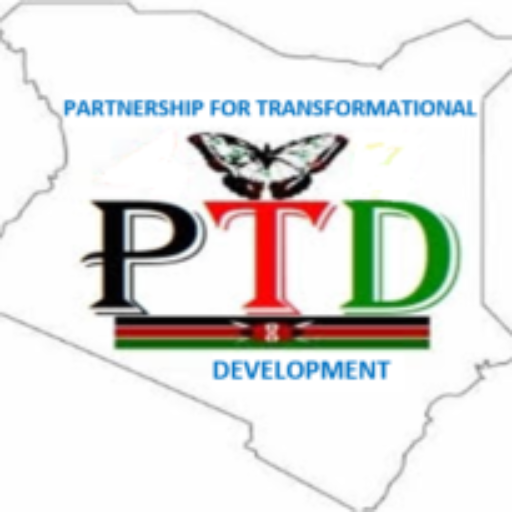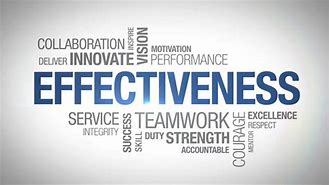What we do
Institutional effectiveness refers to the ability of an institution to achieve its goals and objectives in a consistent and efficient manner. It involves an ongoing process of self-evaluation and improvement to measure and enhance the institution’s performance and outcomes, including student success, program effectiveness, and organizational efficiency.
PTD defines its business model as the combination of systems, processes, instruments, partnerships and financing that effectively and efficiently support the delivery of its programmes and projects. The main goal will be to enable KCDF to become more responsive and capable in delivering its core results against its Strategic Plan, 2023-2027.
We will build upon our current internal strengths and capabilities for increased efficiency. These will be guided by the set of performance enabling building blocks – investing in people, systems, tools and partnerships which define the essential organizational capacities, as well as maximizing on the power of technology.
An important aspect of the institutional development pillar will be the focus on organization improvement. Improvement will be driven by two streams of work – performance and innovation.
- The performance stream will focus on “getting more and better results with less resources” – in other words, making the current business practices more cost-efficient and effective in the immediate and long term.
- The innovation track will create new approaches to how PTD does its work, test them for scalability and feasibility and replicate as needed. Innovation will also be about creating an optimal balance between working with partners and directly intervening where this will be necessary especially in expanded areas of work such as extractives and devolution.
Under this thematic area, the key interventions will include;
- Improve the use and application of technologies to increase efficiency especially in grants and donor management, proper knowledge management, accountability and transparency.
- Institutionalizing financial planning, budgeting and reporting structures to enhance resource mobilization.
- Strengthening leadership, management and operational capacities of frontline staff.
- Higher quality programmes through better project planning, design, and knowledge management underpinned by a culture to continuously improve.
- Investing in building an organizational culture that enhances interdepartmental communication, agility and adaptability to harness knowledge, solutions and expertise.
- Increased capability for additional resource mobilization and improved management of financial and human resources in pursuit of results.
Organisational Governance:
Organisational Planning and Resource Mobilisation:
Finance, Operations and Compliance:
Award Management:
Sub-award Management:
Human Resources Management:
Project Management (Programming):
Advocacy, Networking and Alliance Building:
Communications and Records Management:
Monitoring, Evaluation, Reporting and Learning:
Institutional Strengthening and Change Management:
How we work
Discussion
Strategy
Implementation
Results
Support
ADD-ONS
Consulting
Visit our office!
Paralegal Services
Visit our office!
Guidance and Counselling
Visit our office!
Mentorship & Empowernment
Free
Trainings
Visit our office!
Resource Centre services


